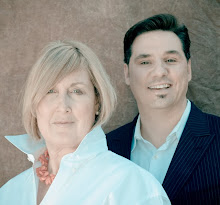
The Trulli houses (Trullo, singular) of Puglia, Italy are something quite extraordinary. I became enamored with them when I was looking at the region as a possible holiday destination last year. With further research, I was hooked. The Trulli of Alberabello have been named a UNESCO World Heritage Site, they are defined as follows:

“The Trulli, limestone dwellings found in the southern region of Puglia, are remarkable examples of drywall (mortar less) construction, a prehistoric building technique still in use in this region. The Trulli are made of roughly worked limestone boulders collected from neighboring fields. Characteristically, they feature pyramidal, domed or conical roofs built up of corbelled limestone slabs.”


“The Trulli, limestone dwellings found in the southern region of Puglia, are remarkable examples of drywall (mortar less) construction, a prehistoric building technique still in use in this region. The Trulli are made of roughly worked limestone boulders collected from neighboring fields. Characteristically, they feature pyramidal, domed or conical roofs built up of corbelled limestone slabs.”

An interior of a Trullo house with contemporary bathroom.
“The Committee decided to inscribe the nominated property on the basis of cultural criteria (iii), (iv) and (v) considering that the site is of outstanding universal value being an exceptional example of a form of building construction deriving from prehistoric construction techniques that have survived intact and functioning into the modern world.” UNESCO web site.


A multitude of Trulli houses.
The Trulli houses were not constructed with blocks of stone but a combination of stones of many shapes and sizes. Piled into rough circular shapes and topped with a key stone upon which all the roof depended in order to stay up. The dwellings are topped off by gleaming white pinacoli (pinnacles), often decorated with symbols painted with lime. Legend has it that they were painted for magical or proprietary rites.
Trulli "pinacoli".
For centuries, the Trullo house was typical in this region. As of today, most have been demolished, with the exception of 1,400 in the town of Alberabello.

An original Trullo home from greatbuildings.com
A thriving industry now revolves around the restoration and building of Trulli houses. You can rent a Trullo house, or stay in one, as with Villa Santoro.

A Trulli rooftop landscape.
I know that this will be one of my destinations, that is, of course, after my Windmill.
Barbara Ashfield























































